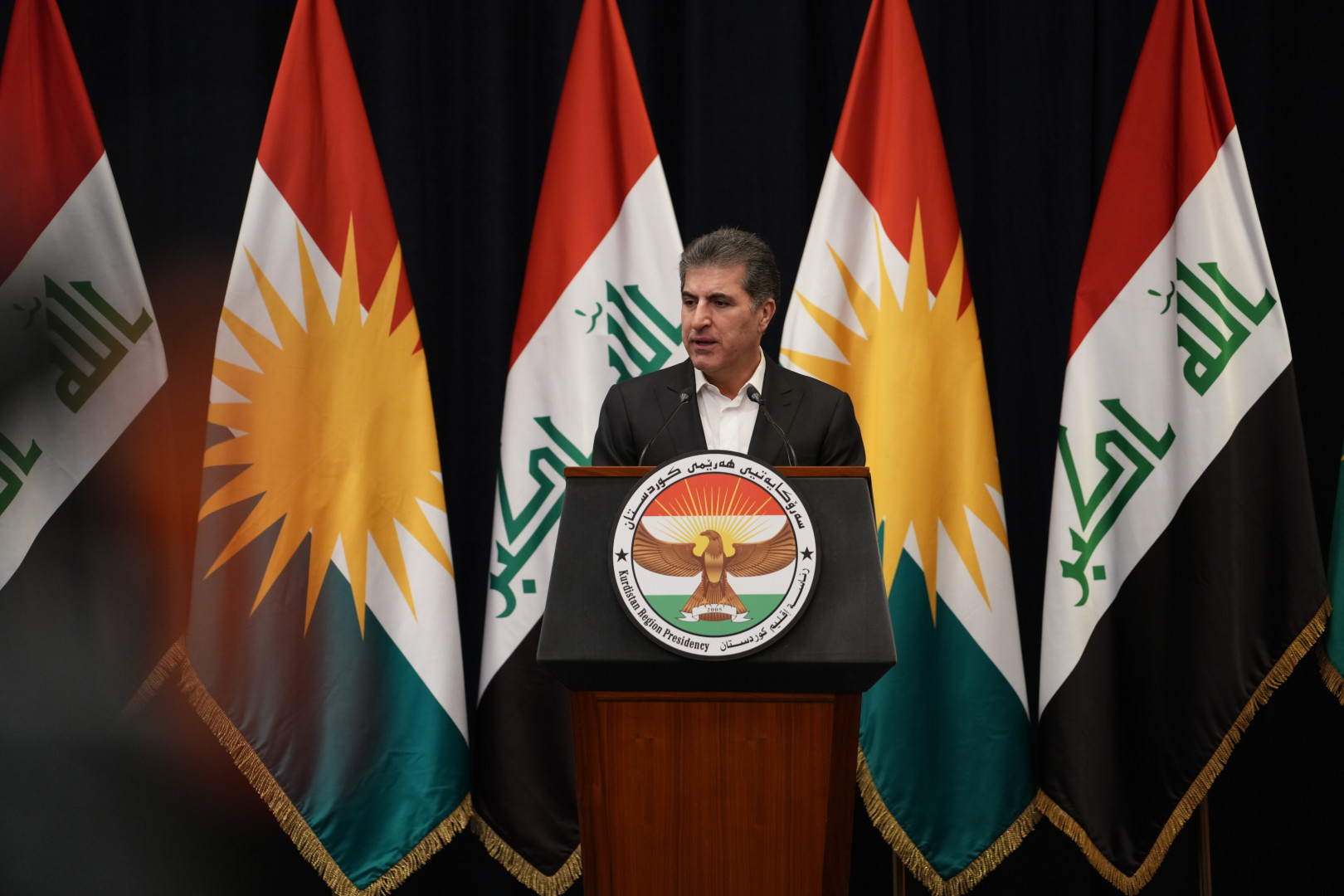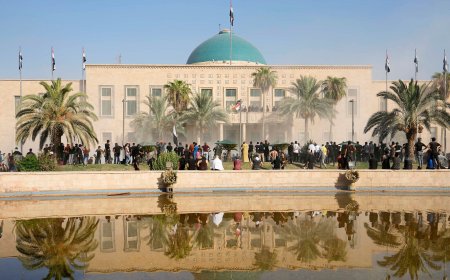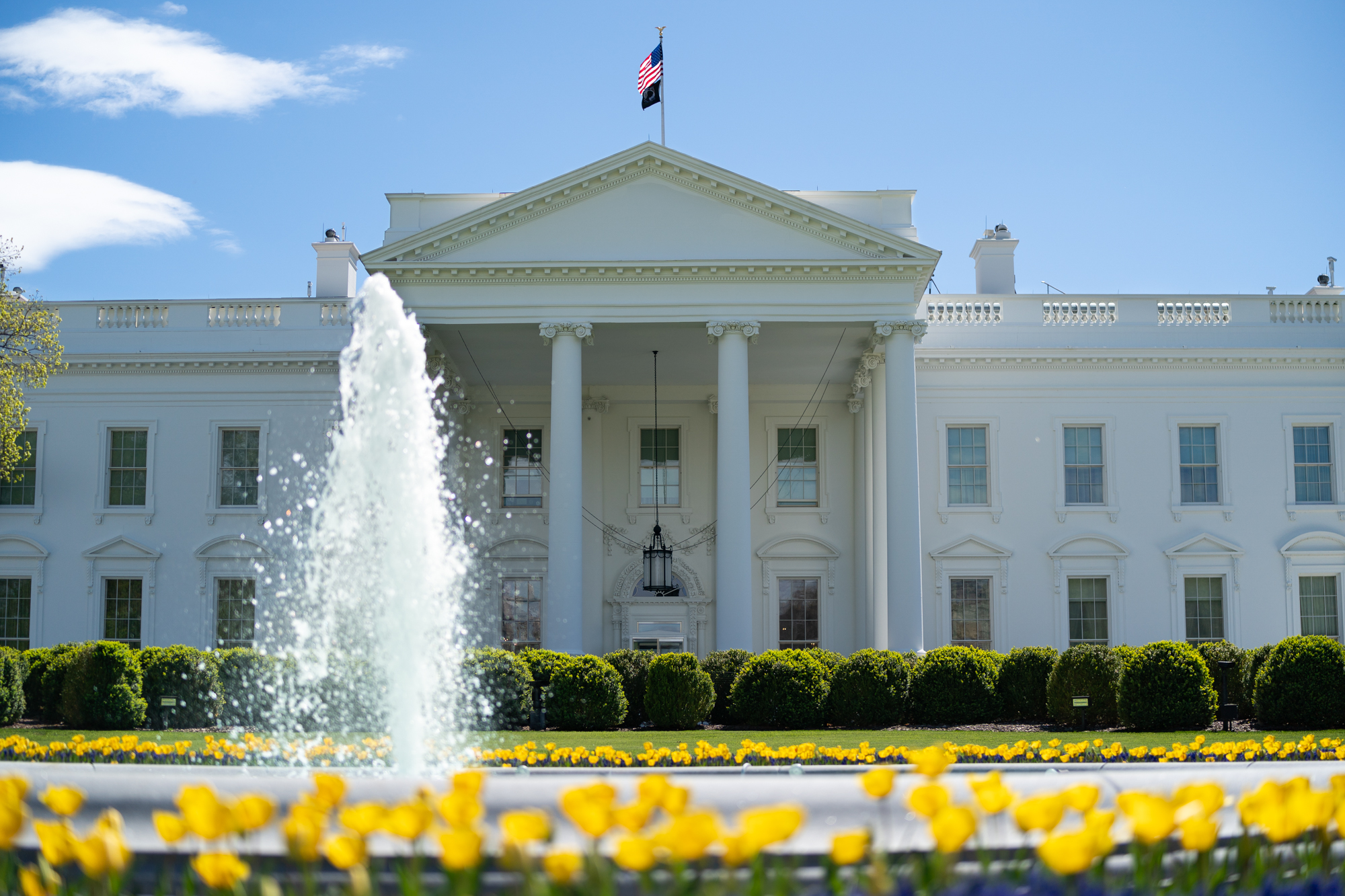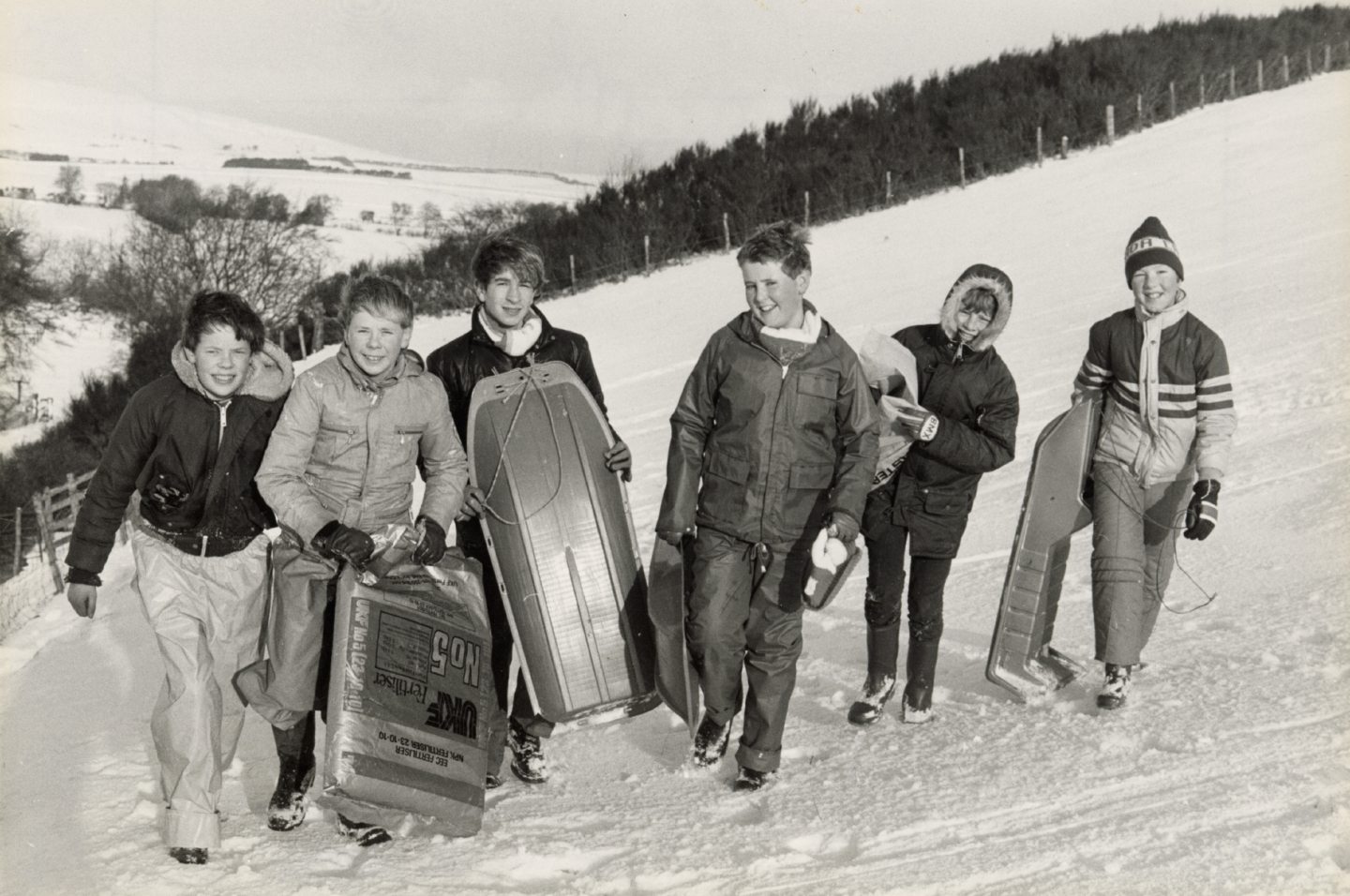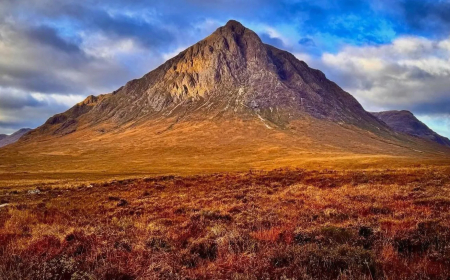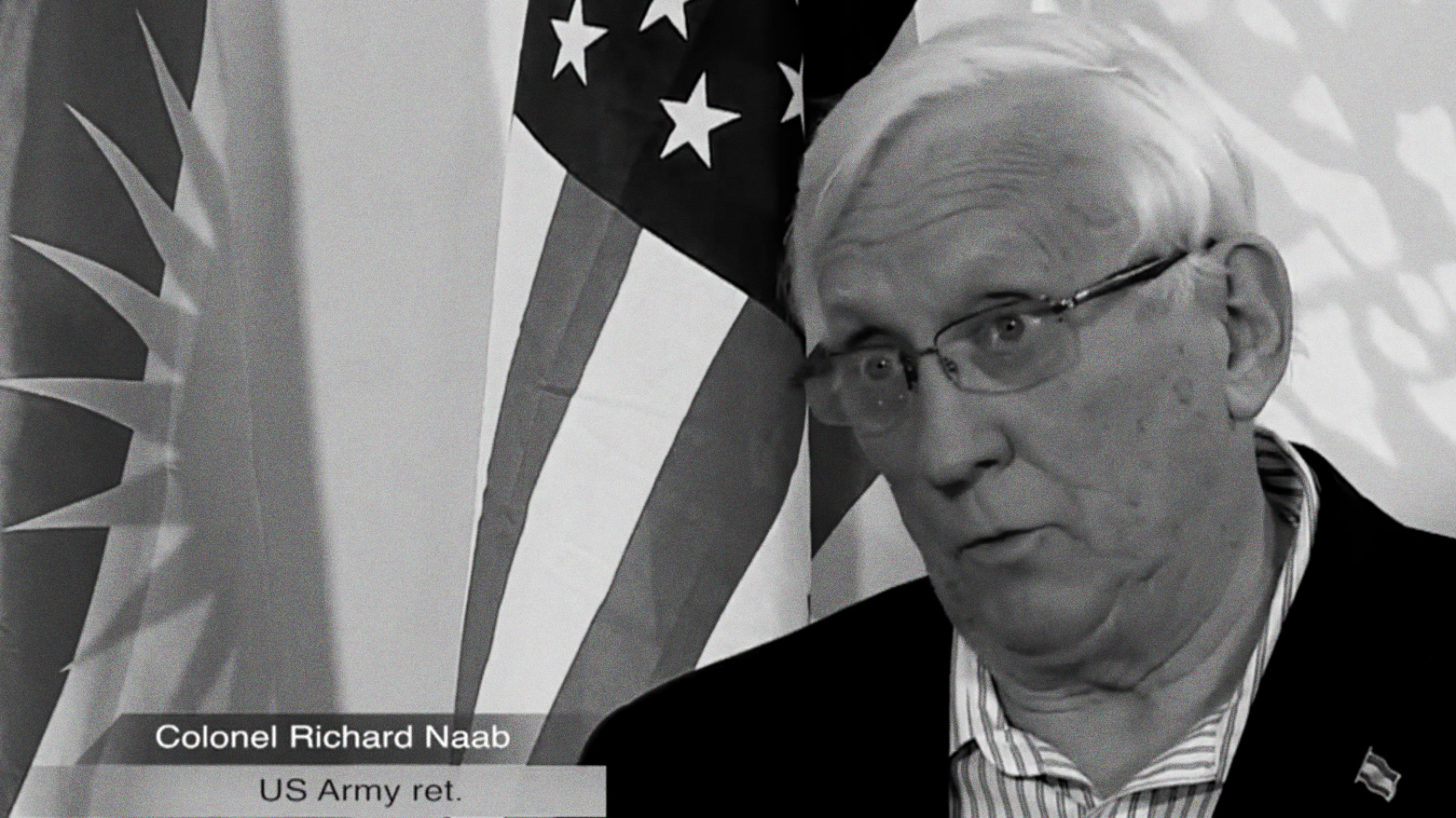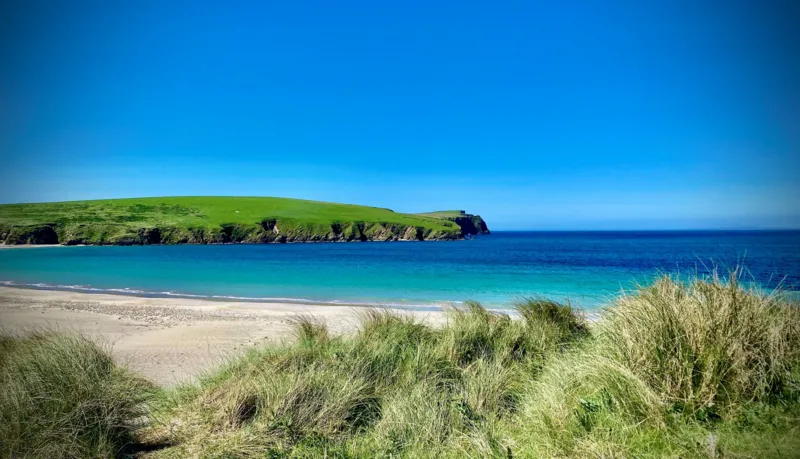Murder, dictators and drugs: You have to read this wild history of Mexico
For centuries, the country was ‘the world’s greatest melting pot’. Today, it stands at a crossroads

For centuries, Paul Gillingham writes, Mexico was “the world’s greatest melting pot”. Indeed, he adds, in some ways it was its centre – “the crossroads of an empire that at its peak stretched from Sicily to southern China and from the Netherlands to west Africa”. Mexico: A History, a magisterial book, takes us from the Spanish conquests of the early 16th century to what the author describes as three new Mexican empires: “One of domestic criminal bosses, one of American drug warriors and their tame politicians, and one of American drug consumers.”
1500s
We begin with Gonzalo Guerrero, a Spanish man shipwrecked around 70 miles north of the Yucatán peninsula in 1511. He assimilated with the local population, taking on customary piercings and tattoos, and marrying into a Maya family. Their three children, Gillingham says, “might be seen as the first Mexicans” – that is to say, products of the profound entanglements that would follow the encounter between Europe and the Americas.
The Spanish conquest of Central America was long, brutal and uneven. But, says Gillingham, “it was not the Spanish but the indigenous peoples of central Mexico who destroyed the Mexica Empire”; rather, it was brought down in the early 1520s by indigenous peoples who had been oppressed by the Mexica, or Aztecs. As such, then, the first waves of Spaniards were not so much conquerors as participants in a “vicious civil war”.
Some of the new arrivals had ambitions. “I came here to get rich,” Cortés is said to have bragged, “not to till the soil like a peasant”. The Spaniards did a pretty good job of getting other people to do the hard work; yet the Mexico they created was one of contrasts and continuities.
It was a place of dramatic shifts that included the arrivals of Spaniards, enslaved west Africans and (later) newcomers from Asia; of ecological transformations as forests were cut down and lands cleared for livestock brought from Europe; and of demographic change. Violence, disease, famine and overwork took an enormous toll on the indigenous populations, whose numbers plummeted in what is known as the “mass dying”. And of course, there was the introduction of Christianity, which Gillingham describes as an “ideological revolution” that used a “carrot-and-stick approach to life and life after death”.
Picking a way through the material, Gillingham finds, is not always easy. The Spanish who ruled Mexico “had a flair for melodrama”; they also had “good reason to exaggerate the odds they faced”, as well as to give misleading accounts of the slaughter they perpetrated.
Yet, under Spanish rule, little changed. There were few technological advances, other than the import of horses – which were not native to the Americas. For the main part, “communications remained a matter of mules and sails.” The composition of the labour force remained a blend of free urban labour, partially coerced agricultural workers, and slaves – alongside a “free peasantry that subsisted in those ancestral villages that survived”.
1600s
Over the 16th and 17th centuries, Mexico took on a central role as the point of connection between Madrid and Spain’s possessions not only in the Americas but in Asia too. Silver from Zacatecas and Guanajuato funded the colonisation of new regions and the construction of spectacular colonial cities such as Oaxaca, Puebla and Mexico City (built on the site of the old city of Tenochtitlán).
This new world was characterised by inequality, not least in the encomiendasystem: Spanish settlers were given rights over local populations, who were tied to the land in what became a form of forced labour.
There were, at least, many bright spots. We learn about Juana Inés de la Cruz, a Hieronymite nun who lived in the second half of the 17th century: she turned her cell into a study and the convent common-room into a literary salon.
She wrote plays, songs, sonnets and theological essays, and composed works in Nahuatl, the Aztecs’ language. She was part of a rich constellation of pioneers who turned Mexico into the intellectual hub of the Spanish empire, home to printing presses and universities. Put simply, wrote one 17th-century chronicler, Mexico City was “the greatest city in the world”.
1800s
Yet from the mid-18th century on, the Mexican authorities’ efforts to drive modernisation and eliminate dissent took an increasingly brutal form. In the 1760s, extraordinary violence was meted out on any who dared demonstrate what José de Gálvez called “impertinent resistance”, with executions, public floggings and the villages of some rebels razed to the ground. Not surprisingly, that led to regular rebellions and uprisings, then, in turn, a greater determination to centralise control.

The turning point came not from within Mexico, but without. In 1808, Napoleon invaded Spain, and forced Ferdinand VII to abdicate. All of a sudden, Gillingham writes, this left Mexico as “the centrepiece of a global Spanish empire without a Spanish emperor”.
Miguel Hidalgo, a leading theologian who’d also translated Molière’s Tartuffe from the French, seized the moment, leading a revolt that brought together miners, artisans and villagers in a movement that was as much anti-elite as it was anti-colonial. Unfortunately, it ended badly for Hidalgo, as it did for José María Morelos, who took up the former’s mantle to demand full independence from Spain. Both were executed.
Mexico would finally break free in 1821, but the uprisings that got it there lasted over than a decade, and took a catastrophic toll on the population. Violence, combined with typhus, yellow fever and famine, led to as many as one in 10 Mexicans dying between 1810–21. That helped to cripple Mexico’s economy, too. Before the wars of independence, Mexicans had been richer than the global average; afterwards, they were “considerably poorer”.
The newborn country was brittle and chaotic. In the 35 years after independence, the leadership changed hands 48 times. Vicente Guerrero, the first black president in the Americas, held office for just eight months and was murdered shortly after leaving it. The exceptions were those with impressive survival instincts. Between 1833 and 1855, Antonio López de Santa Anna was named president 11 times.
The 19th and 20th centuries were a story of two steps forward, and one step back. There was a disastrous war with the United States from 1846–8, which ended in the loss of nearly half of Mexico’s national territory. (Until then, Mexico had controlled, or claimed, much of what is today California, Texas and Arizona.) This trauma, which became seared into national memory, exposed the weakness of a young republic and deepened political fragmentation between liberals, who sought reform and modernisation, and conservatives, who clung to privilege, centralised rule and autocratic instincts.
Power in Mexico swung wildly from side to side. The Liberal Constitution of 1857 marked a major advance toward secular governance, free speech and property rights. Conservatives resisted, and civil war broke out. The liberals had only just won when the French invaded in 1862 and installed Maximilian of Habsburg at the head of a short-lived Mexican Empire. Then, in 1867, when Napoleon III withdrew his forces – too big a drain on France’s resources – Maximilian was promptly deposed and shot.
1900s
Under the dictator Porfirio Díaz, who ruled from 1876 until 1911, Mexico seemed to be heading, at last, towards stability and growth: railways linked distant provinces, exports boomed, and new cities embodied industrial modernity. But this forward momentum was achieved, again, by exclusion and repression. Political control tightened, land was concentrated in fewer hands, and indigenous and rural communities were dispossessed. Economic modernisation enriched a narrow elite. As Gillingham notes, in the presidential election of 1910, Díaz secured 98 per cent of the vote – “ridiculously unbelievable and wholly unnecessary”.
And, again, the pendulum swung. Rebels such as Emiliano Zapata and Pancho Villa became icons of popular justice, fighting under the rallying cry “Land and liberty”. Launching a revolution, they successfully ousted Díaz and his backers, albeit at enormous cost: more than a million people died, the economy was badly damaged, and new elites soon emerged to harvest the spoils of change.
Among those who did the harvesting were the members of the Institutional Revolutionary Party (PRI), a group that would hold the presidency without interruption from 1929 to 2000. The PRI brought stability and much-needed reforms to land ownership, public education; they promoted art, films and songs that celebrated the people of Mexico while controlling them too. And by the mid-20th century, Gillingham writes, Mexico had become an emerging economic giant, with a population that was urban, literate and increasingly connected to the world. Yet economic crises in the 1970s and 1980s exposed the limits of state-led growth.
From the 1990s onwards, Mexico’s fortunes became entwined with those of its northern neighbour. Migration to the United States, initially limited to seasonal work, ballooned; the practice sustained millions of households through remittances, but also drained rural communities of their people. The rise of the drug trade, again closely associated with American recreational habits, helped to develop the networks of a vast, violent industry that blurred the boundaries between state and cartel.
2000s
Today, Mexico is at a crossroads. It is a country transformed by urbanisation – two thirds of Mexicans live in cities – and by a middle class that has expanded even as inequality has stubbornly endured. Crime and insecurity remain profound challenges: Gillingham compares the long struggle with cartels to US intervention in Vietnam, “where commanders measured success in body counts”.
The country, too, has become deeply integrated into North American supply chains, from cars to electronics, and now, in the 2020s, it stands to gain from US-led reshoring (bringing industry back from overseas).
Yet this same interdependence exposes it to the turbulence of US politics. Relations with Washington swing between partnership and confrontation; Donald Trump’s threats over migration and tariffs have made clear how vulnerable Mexico is to decisions made in the White House, thousands of miles away.
Still, as Gillingham concludes, Mexico’s history has not been one of despair but of endurance. From the arrival of the first Europeans, it has been characterised by resilience, creativity and cultural dynamism. Some of the traditional coverage of Mexico, says Gillingham, is “romantic, flattering; some of it patronising; much of it damaging and historically wrong”. This fine account does well to remind that the best history is about fact, not fiction.
Peter Frankopan is professor of global history at the University of Oxford. Mexico: A History is published by Allen Lane at £45.
[Source: Daily Telegraph]

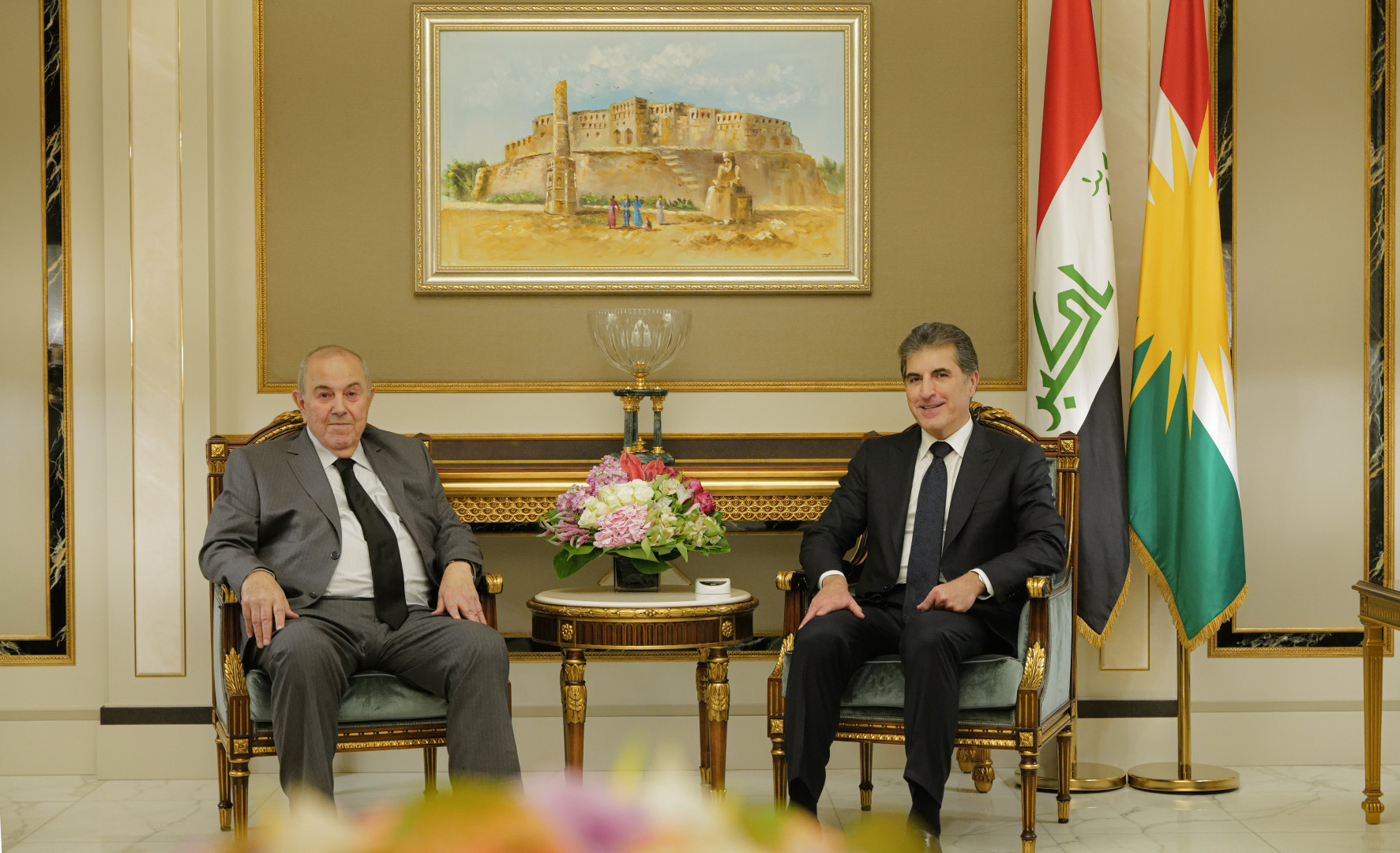





/file/attachments/2984/thamm-wardogs_634348_553ca63ee77f726aad84ee0773cdf004.jpg)




/file/attachments/2984/10accused_746259.jpg)


